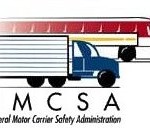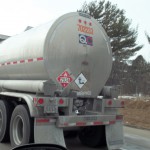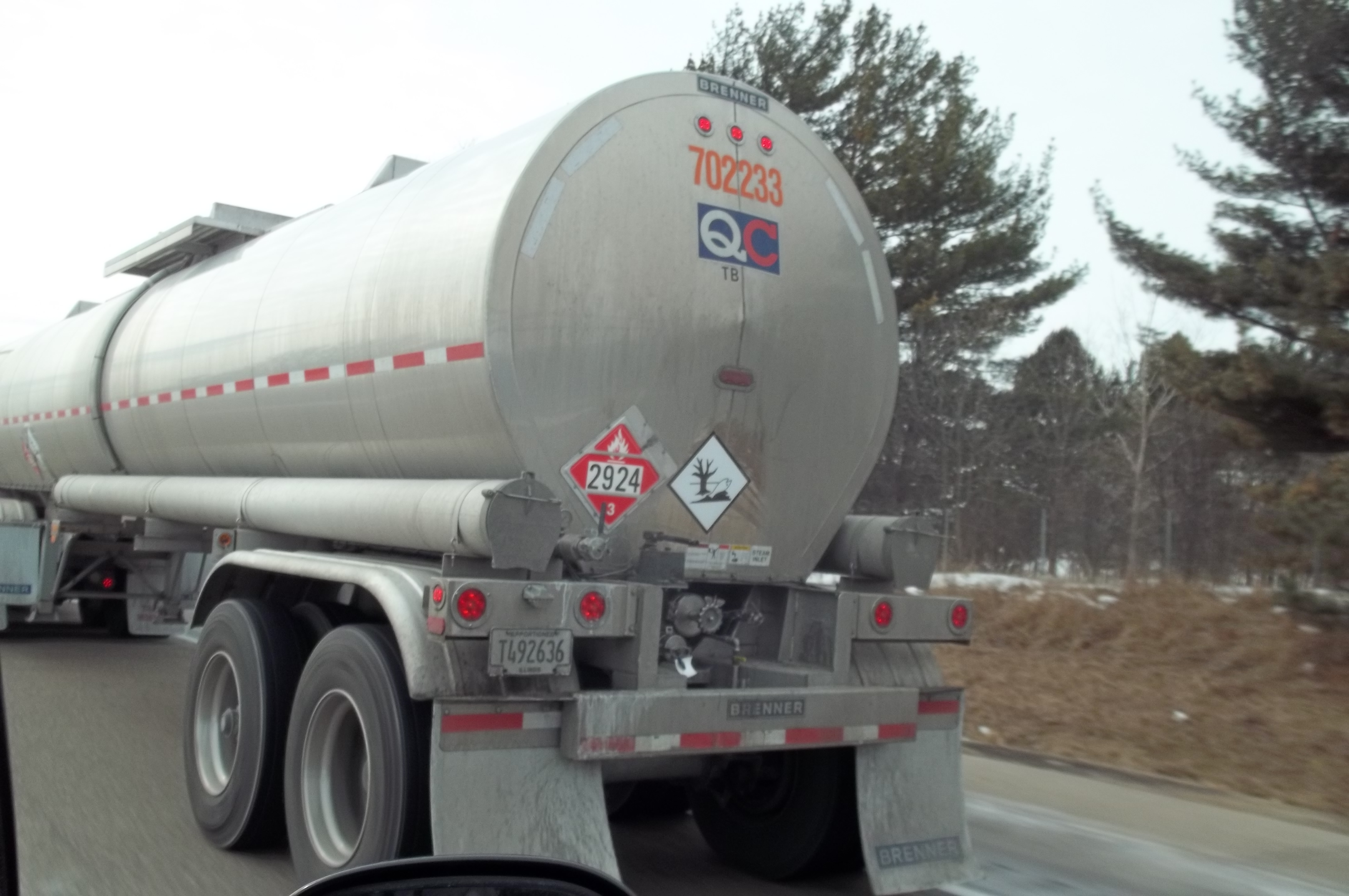One of the things I love about my business is being able to answer someone’s question about the transportation of hazardous materials or the management of hazardous waste. Some questions have an easy answer, but a complicated explanation, and those are the ones I decided to address in this format: An advice column.
Why “Mr. Daniels”? Because many people mistakenly assume it to be my surname after visiting my website.
Dear Mr. Daniels,
At my company we receive delivery of 55-gallon drums of acetone as a feed-stock in the formulation of a fuel-additive we sell as a product. One consequence of our operations is the generation of several dozen “empty” 55-gallon drums each business day. These drums meet the definition of RCRA Empty pursuant to 40 CFR 261.7, so the residue is not a hazardous waste. And since the drums are good-quality UN Specification packagings and remain in good condition, we return them to the supplier to recoup our deposit. Since the supplier is only interested in full trailer-loads, a single shipment will contain several hundred drums weighing ~8,400 lbs. The supplier cleans, reconditions, refills (I honestly don’t know!) the 55-gallon drums and returns them to us filled with acetone.
Things continued on this way until one day when in conversation with the supplier’s driver who was there to pick-up a load of empty drums, I asked him about the HazMat Endorsement on his Commercial Driver’s License (CDL). His answer, “I don’t have the HazMat Endorsement on my CDL.” Astounded me! Could this be true?
I understand that shipments of empty packagings with HazMat residue can take advantage of the Exception to the HMR for Empty Packagings, and that if the conditions of the exception are met the empty packagings may be offered for shipment and transported without a shipping paper or the use of placards on the vehicle (HazMat Labels and Markings must remain. Company identifying information may be removed.) But no HazMat Endorsement on the CDL!?
I’m not certain which answer would give me more comfort: “Yes, a HazMat Endorsement is required on his CDL; they’ve been wrong all this time.” or, “No, a HazMat Endorsement on the CDL is not required and it’s OK to transport packagings containing HazMat residue with just a CDL.” Whatever it is, I’m looking forward to your answer.
Sign me: Runin’ on Empty.
Well RoE, my answer may not please you, but it’s simple: No. The HazMat Endorsement on the CDL is not required for the operator of a motor vehicle transporting packagings subject to the Empty Packagings Exception of 49 CFR 173.29. The reason lies in the exception itself, referenced in your letter above, and the definition of a hazardous material according to the regulations of the Federal Motor Carrier Safety Administration (FMCSA).

First, the Empty Packagings Exception. If RCRA Empty a 55-gallon (non-bulk) packaging of Acetone (a Hazard Class 3 and a placarding Table 2 material) when transported by a private carrier (your supplier) does not require the use of a shipping paper or placards on the vehicle even if the placarding weight thresholds are exceeded.
The key here is that if the exception is used the vehicle does not require placards.
Now, let’s take a look at the regulations of the FMCSA at 49 CFR 383.93 and the requirement to obtain the HazMat Endorsement on a CDL.
49 CFR 383.93(b) reads:
Endorsement descriptions. An operator must obtain State-issued endorsements to his/her CDL to operate commercial motor vehicles which are:
(1) Double/triple trailers;
(2) Passenger vehicles;
(3) Tank vehicles;
(4) Used to transport hazardous materials as defined in § 383.5, or
(5) School buses.
Reading (4) above you might think I’m wrong and that the HazMat Endorsement is required. However, we must now refer to 49 CFR 383.5 for the FMCSA’s definition of a hazardous materials which, if you can believe it, is different than the PHMSA’s definition.
49 CFR 383.5 reads:
Hazardous materials means any material that has been designated as hazardous under 49 U.S.C. 5103 and is required to be placarded under subpart F of 49 CFR part 172 or any quantity of a material listed as a select agent or toxin in 42 CFR part 73.
So, to be a hazardous material as defined by the FMCSA and to therefore require the HazMat Endorsement on the CDL, a shipment of HazMat must require a placard according to the Hazardous Material Regulations of the PHMSA. As we’ve already established, a shipment correctly utilizing the Empty Packaging Exception does not require placards.

No placards, no HazMat Endorsement on the CDL.
Now Runnin’, I know what you’re going to say next, something like, “But wait. Isn’t it still a hazardous material? Isn’t the driver still a HazMat Employee?” And to that, my answer is a resounding “yes!” What many fail to understand is that a HazMat Employee is any person whose job responsibilities affect the safe transportation of hazardous materials; and that includes anyone who handles a packaging that contains any amount of a hazardous material. Even the residue.
Daniels Training Services 815.821.1550 |

